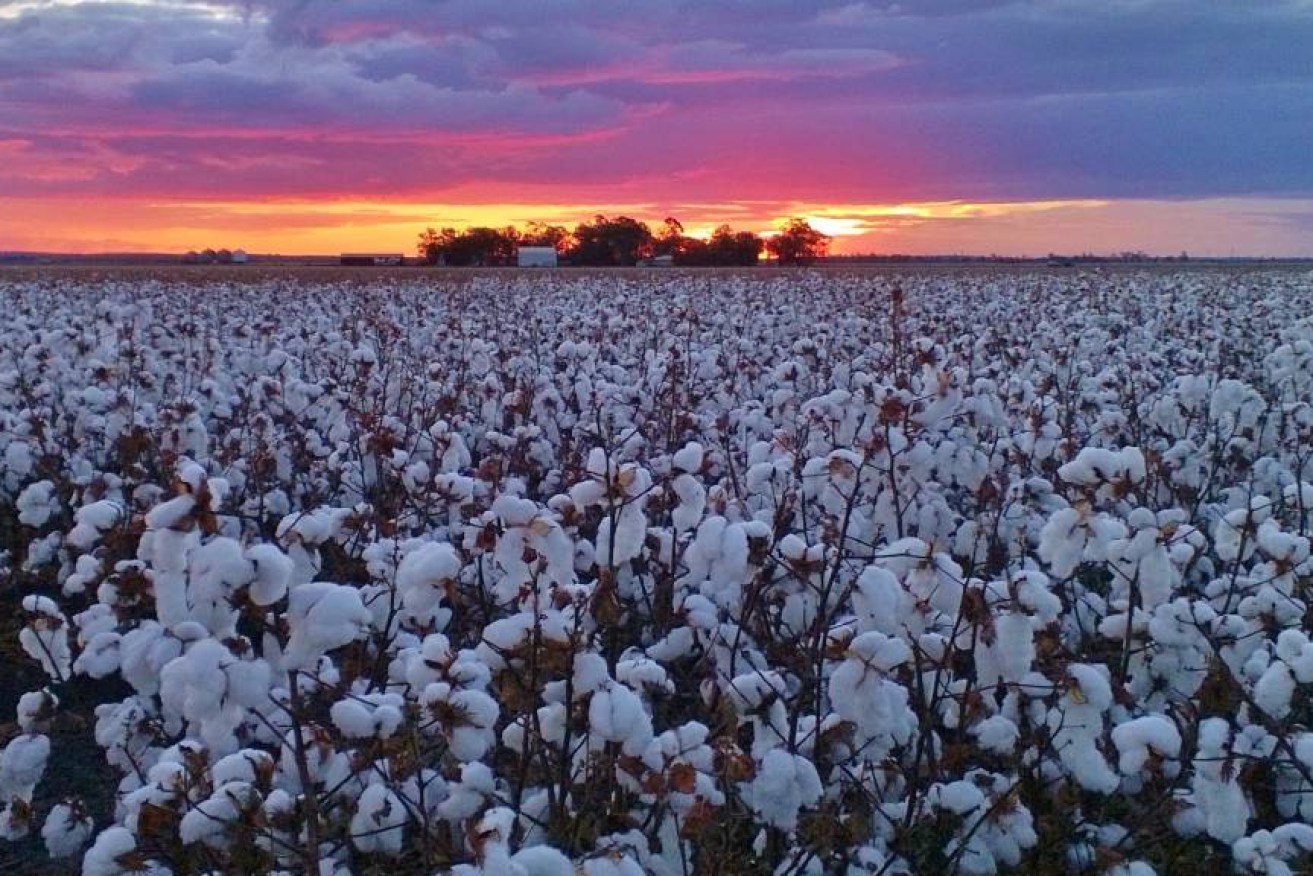Hot streak: Summer crops to hit scorching historic high
Queensland farmers are on track to produce the state’s second biggest summer crop on record, and they may have China and the US to thank.


Cotton has helped Queensland power to a near record summer crop.
Superb seasonal conditions across Queensland’s sorghum and cotton belts at the start of summer has the state poised to harvest 2.5 million tonnes of grain and cotton, a virtual repeat of last year’s record summer crop.
If drier conditions later in the season hadn’t intervened, Queensland farmers may have produced their biggest yields in history, spurred on by a poor sorghum crop in the United States, as well as strong demand from China that have lifted prices and provided Australian growers with a strong incentive to expand the sorghum plant.
According to analysts from the Australian Bureau of Agricultural and Resource Economics and Sciences (ABARES) meeting in Canberra for their annual summit, winter crop production in Queensland is expected to have decreased 12 per cent in 2022–23 to 3.1 million tonnes.
The production fall is being blamed on heavy rainfall and localised flooding at the start of last year’s winter cropping season, which saw planted area down by 11 per cent to 1.4 million hectares.
Yields are also estimated to have decreased slightly year-on-year, with an estimated 37,000 hectares of crops impacted by flooding late in the season, ABARES said.
The Queensland winter crop result is in contrast to the performance of grain growers nationally, who have realised a record crop of 67.3 million tonnes, breaking last year’s record by four million tonnes.
A wet and cool spring last year created ideal planting conditions for Western Australia, South Australia, Victoria and Tasmania to harvest their biggest crops on record, ABARES said.
The positive news comes amid rising concerns of what may be in store later this year, with weather forecasters confident that Australia has entered another dry El Nino cycle, that will coincide with increasing fuel and fertiliser costs tipped to accelerate in the second half of 2023.








